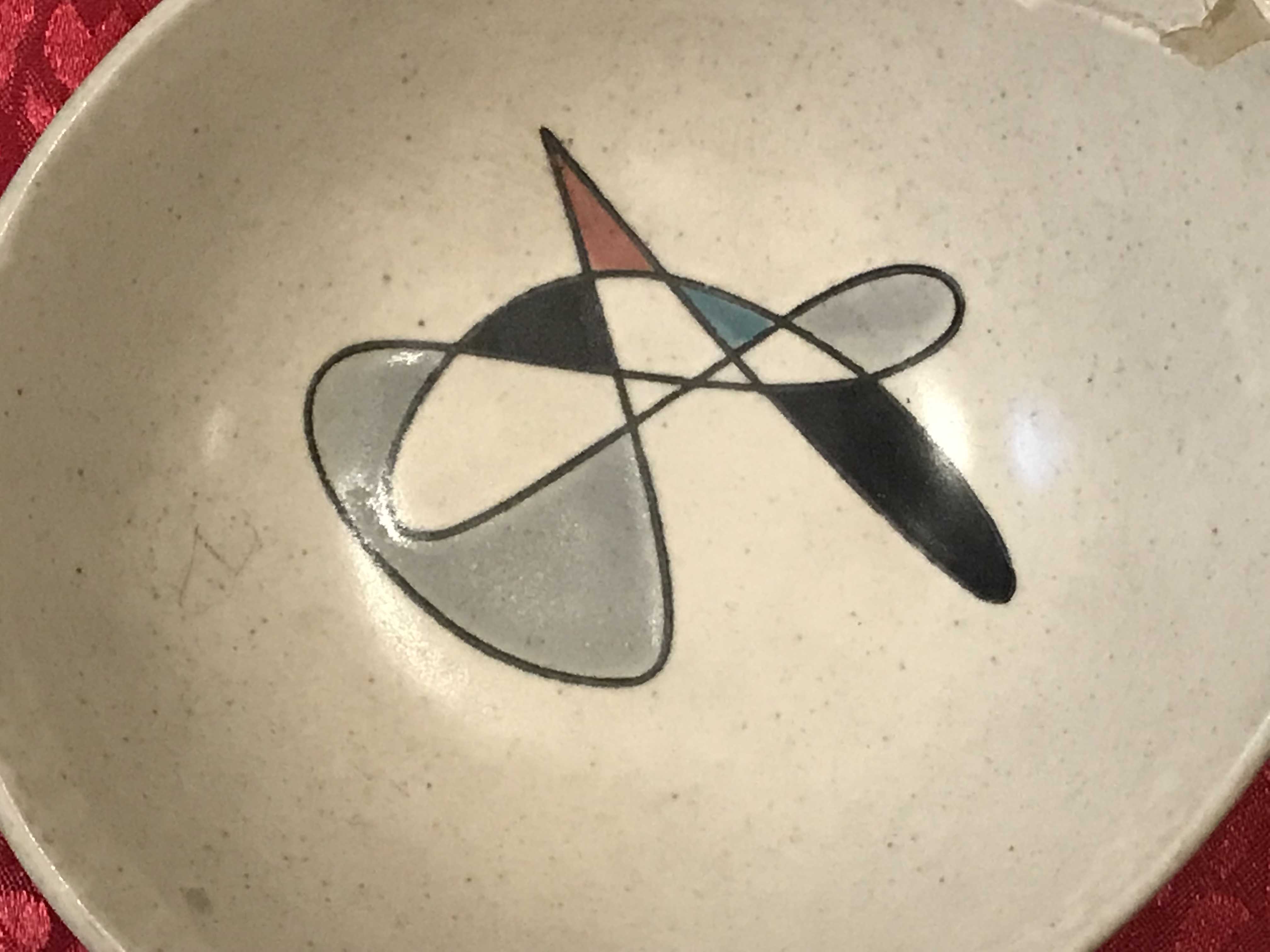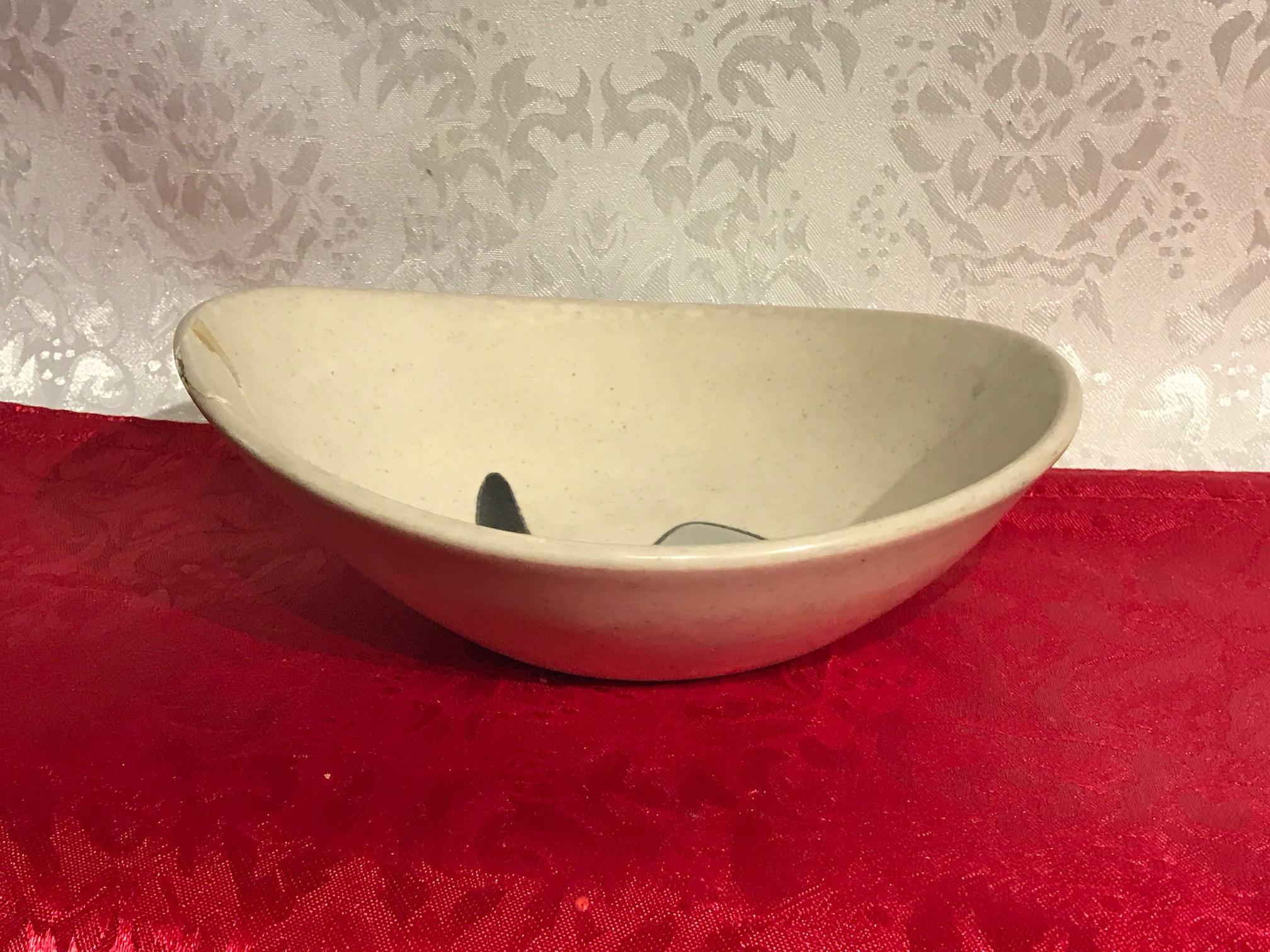Vintage California Contempora Ceramic Bowl: 105,400 ppm Lead in the glaze. 90 ppm is unsafe for kids.
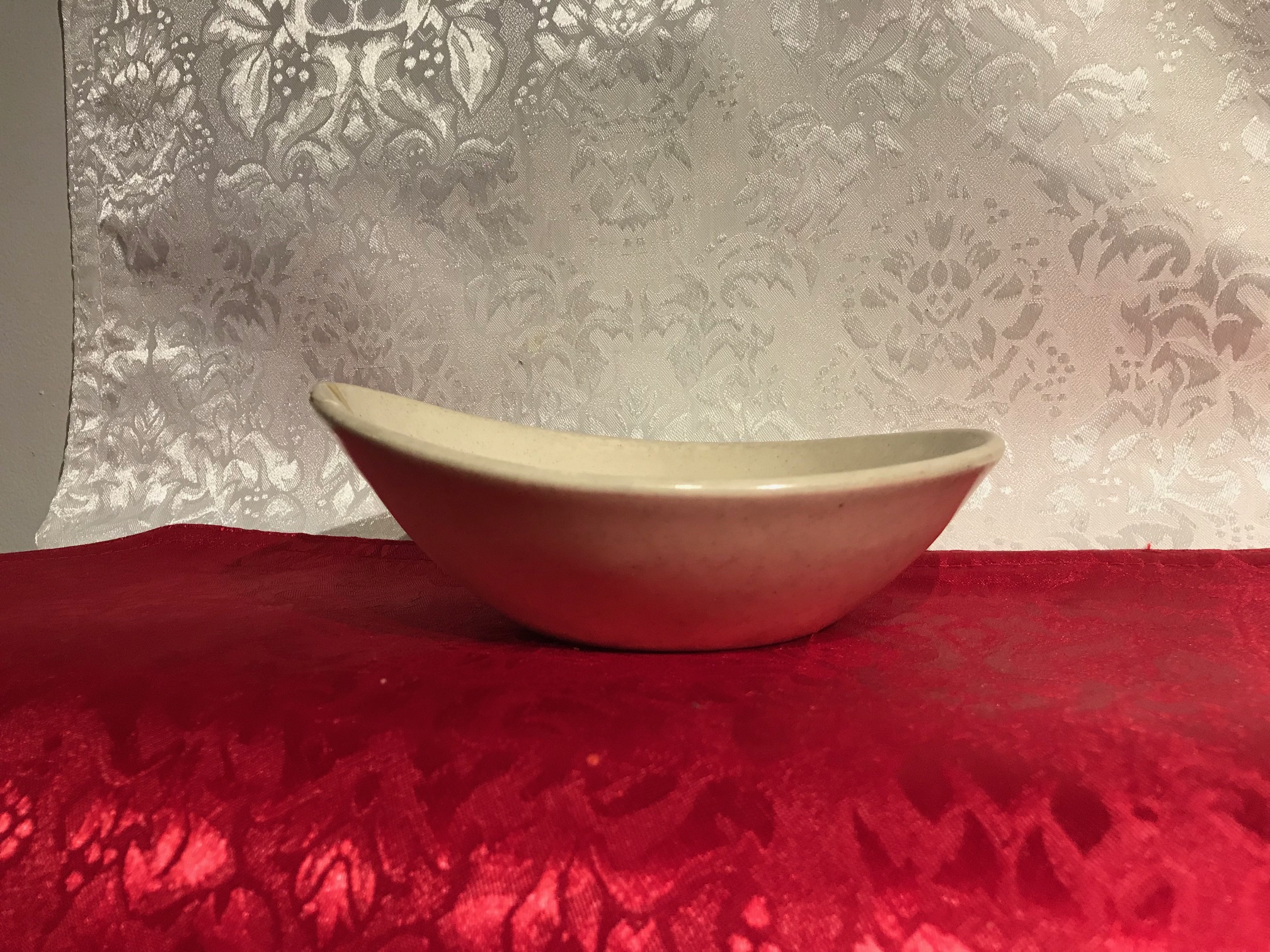
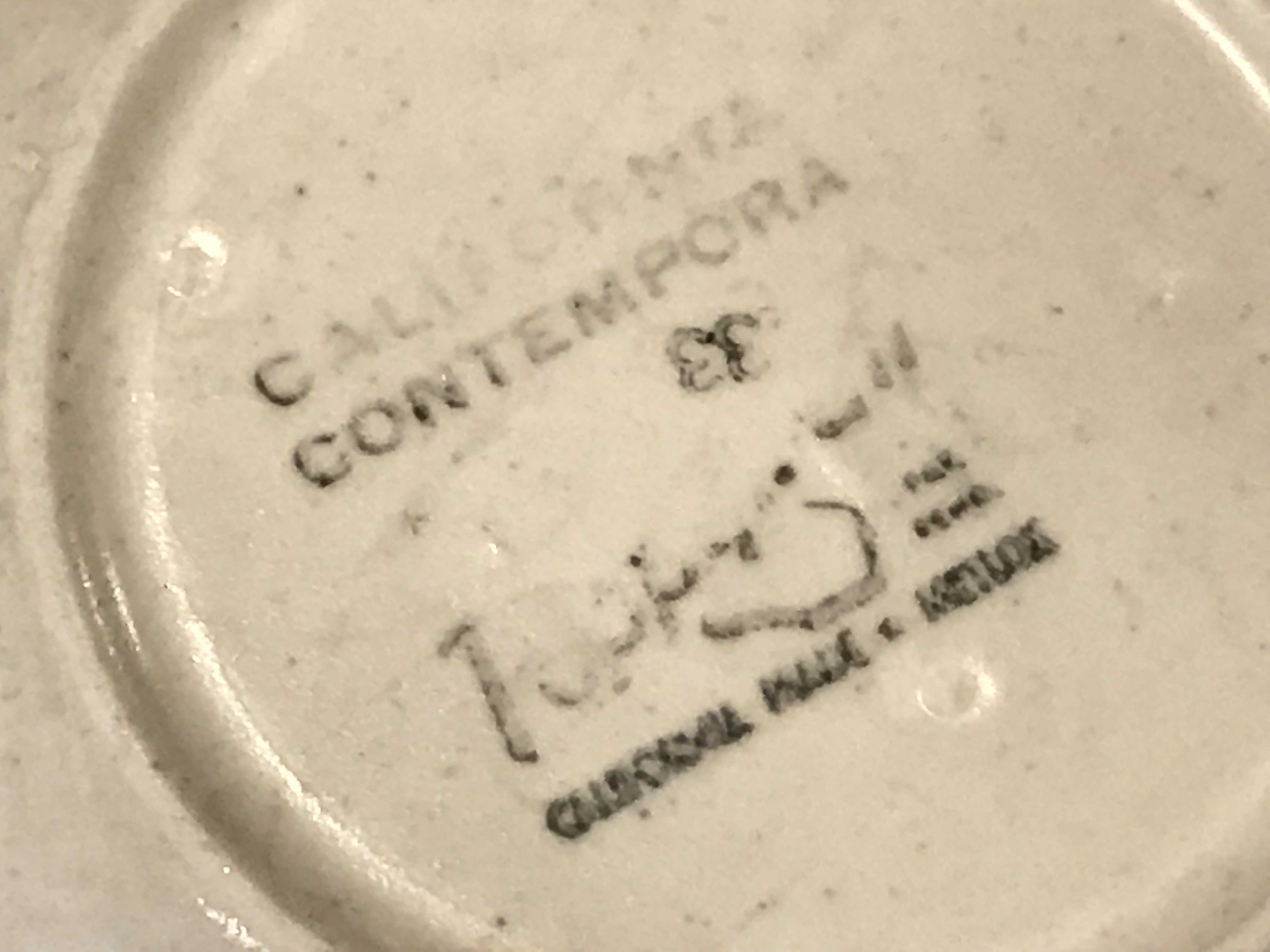
Center of the food surface of dish – gray glaze in design:
- Lead (Pb): 104,500 +/- 3,900 ppm
- Barium (Ba): 320 +/- 135 ppm
- Antimony (Sb): 166 +/- 49 ppm
- Tin (Sn): 1,926 +/- 138 ppm
- Gold (Au): 245 +/- 120 ppm
- Zinc (Zn): 1,322 +/- 110 ppm
- Iron (Fe): 1,495 +/- 266 ppm
- Titanium (Ti): 473 +/- 90 ppm
- Zirconium (Zr): 4,738 +/- 263 ppm
Center of the food surface of dish – black glaze in design:
- Lead (Pb): 56,400 +/- 1,500 ppm
- Zinc (Zn): 792 +/- 68 ppm
- Iron (Fe): 2,038 +/- 243 ppm
- Vanadium (V): 78 +/- 34 ppm
- Titanium (Ti): 438 +/- 69 ppm
- Cobalt (Co): 1,023 +/- 145 ppm
- Manganese (Mn): 708 +/- 265 ppm
Center of the food surface of dish – main cream colored glaze:
- Lead (Pb): 39,800 +/- 900 ppm
- Zinc (Zn): 1,073 +/- 69 ppm
- Iron (Fe): 1,607 +/- 191 ppm
- Vanadium (V): 71 +/- 32 ppm
- Titanium (Ti): 568 +/- 72 ppm
This dish was tested for a minimum of 60-seconds on each component with each (repeated) test to make sure to report the most accurate possible reading.
I will update this post with more information shortly, but in the meantime – please read some of the other posts I have written about vintage dishware to better understand the test results reported on this website.
As always – thank you for reading and for sharing my posts.
Please let me know if you have any questions.
Tamara Rubin
#LeadSafeMama 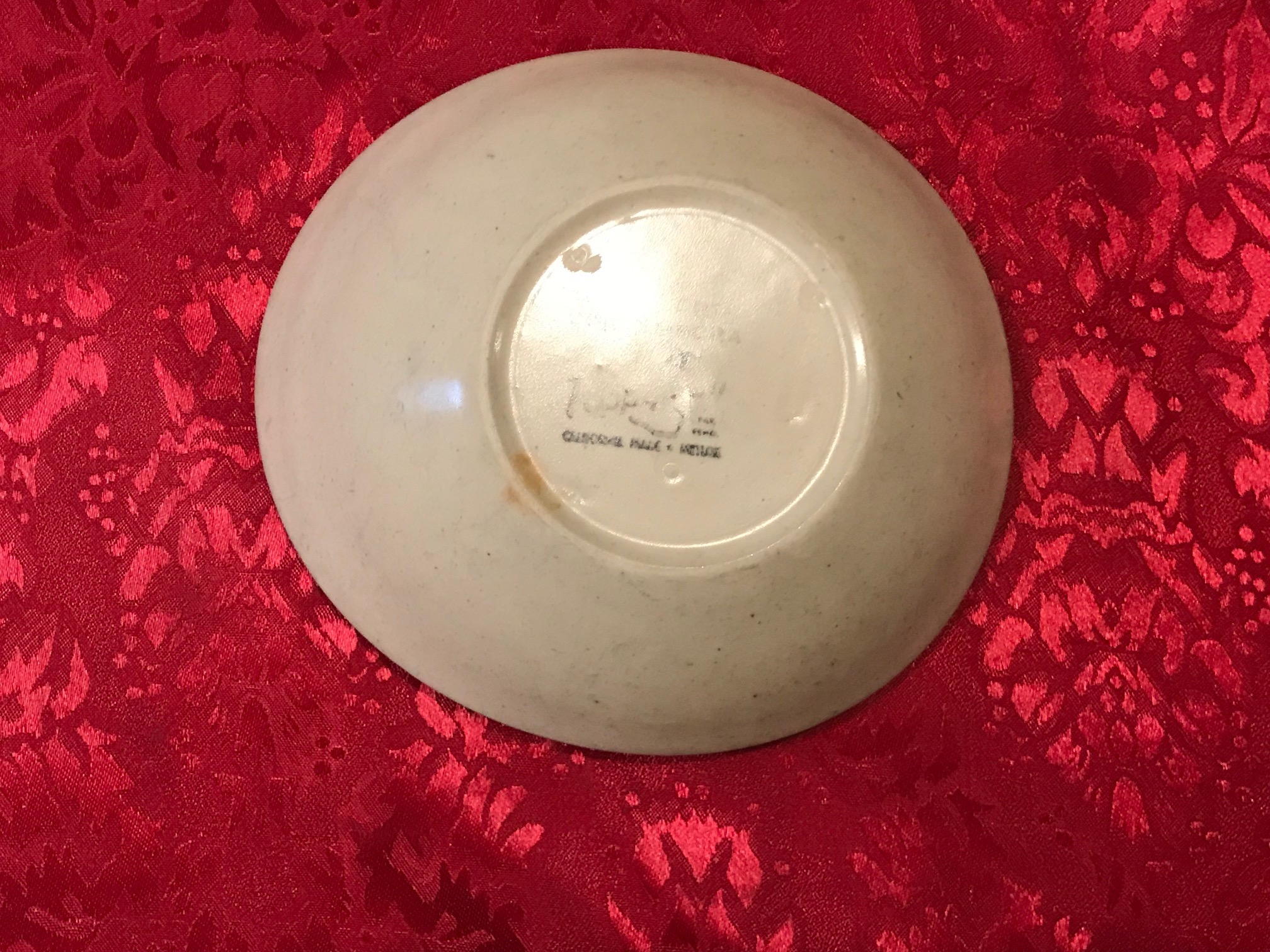
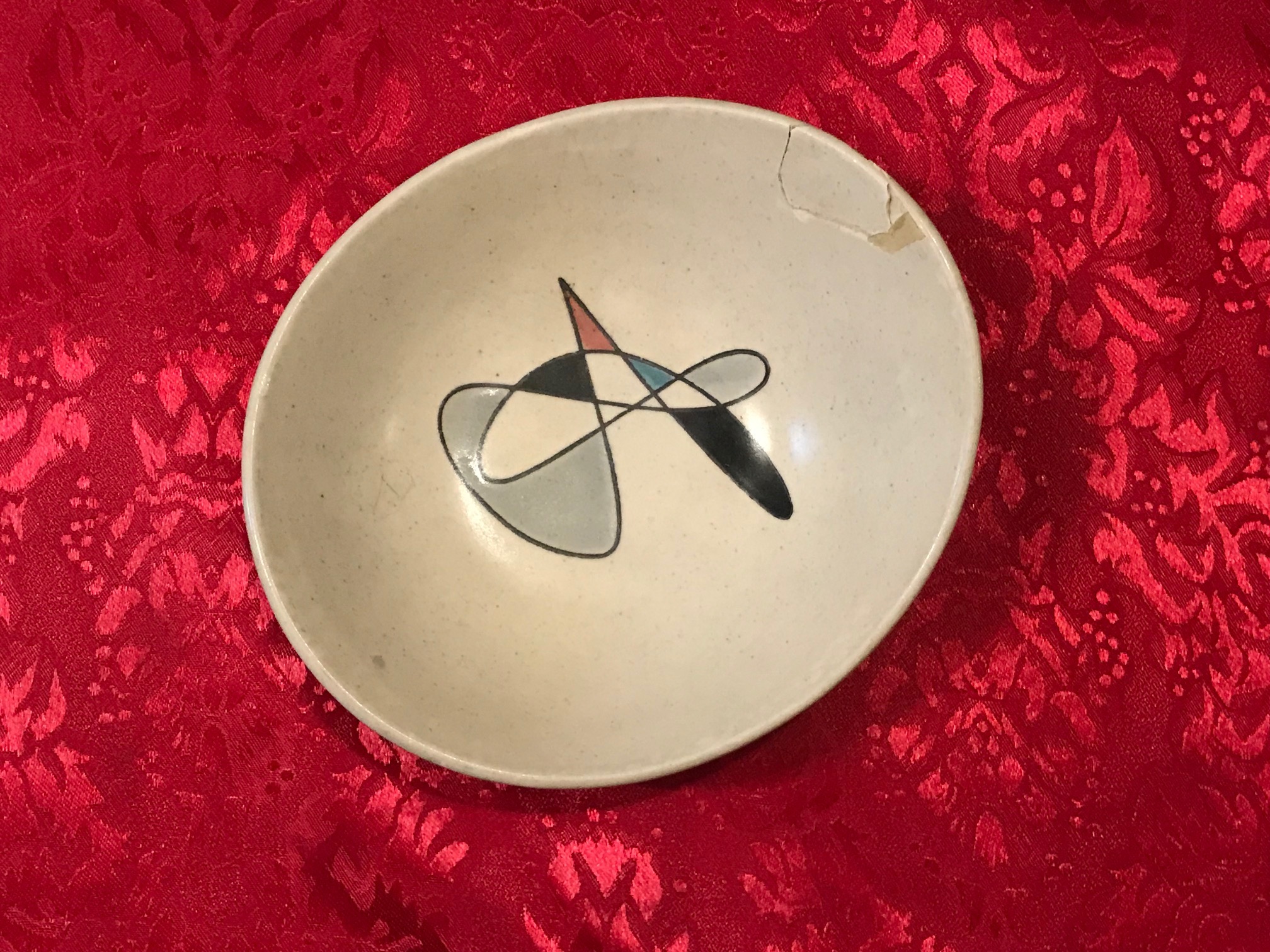
Never Miss an Important Article Again!
Join our Email List


